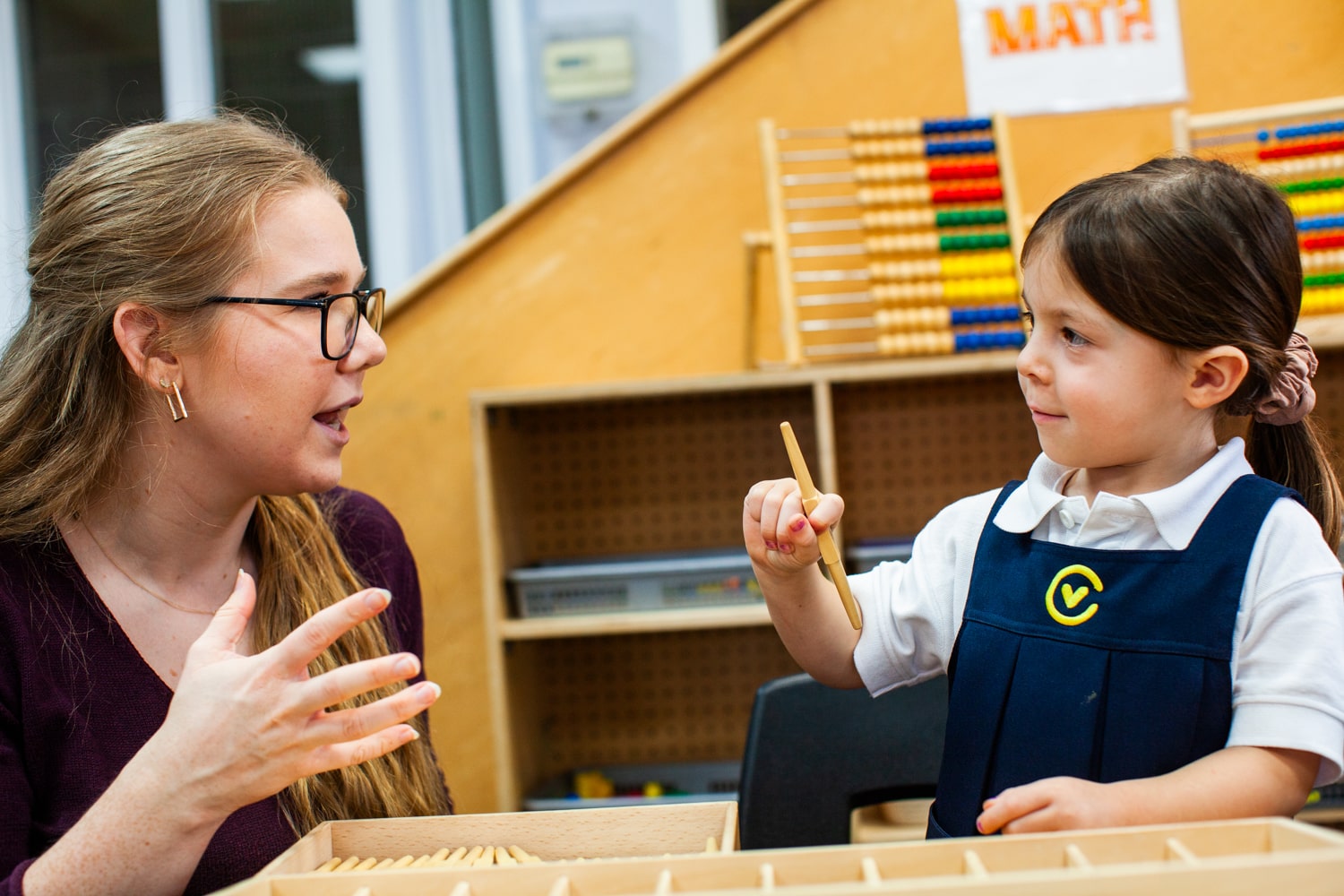An active imagination is one of the most valuable ways to cultivate creative problem-solving in children. If we look to the future, it is likely that our homes, cities and vehicles that we know today will look very different. Our children spend much of their childhood in the classroom and when properly run, it can be a place where imaginations are inspired. We have to be wary of just teaching our children to regurgitate information and memorize previous solutions.
The real importance of our education system is to train our students to improve upon the present and generate new ideas. The world’s problems require innovative new solutions. These may be new medical treatments, new technology, new music or works of art. The future is in the hands of our children and we can begin developing their creative problem-solving skills from their earliest years.
1. Creative Problem-Solving Evolves from Past Solutions
Creativity in education lies in the balance between unstructured play and imitating models. This gives children precedents to build on, but it doesn’t constrain their choices. This gives them the knowledge of what has been done in the past but with the goal of making it something better. One example is encouraging a child to create their favourite artist’s next artwork. They begin by studying an artist’s career and then imagine what they would have done if they had lived longer.
Another example would be asking children to tell a story from the perspective of a different character. A great example of this is The True Story of the Three Little Pigs by Jon Scieszka. He retells the story of the Three Little Pigs, but from the perspective of the wolf. This hilarious book claims that the wolf was actually just suffering from allergies and not trying to blow their houses down at all! These lessons teach children how to use the past to inspire new ideas.
2. Encourage Exploration to Develop Creative Problem-Solving
Oftentimes when we ask children to produce something, we are satisfied with a single option. However, with only one answer, even if it’s good, limits a creative mind! The best practice in a classroom is to require students to generate many solutions to a creative problem. This needs to start early because children will typically lock themselves prematurely into an answer.
In the book by Antoinette Portis named Not a Box, someone asks the rabbit, “Why are you sitting in a box?” The rabbit answers it’s not a box: it’s a racecar! However, the rabbit doesn’t stop there but continues with more options such as a mountain, a robot, a tug-boat, a rocket, and even the crow’s nest of a pirate ship. This is a simple exercise that can work well with students of all ages!
3. Take Away the Fear of the Wrong Answer
Taking away the fear of the wrong answer can do wonders for inspiring creativity in children. For creative assignments, children can be asked to come up with multiple options for a creative problem. However, these aren’t graded. After talking these through, the student can then pick their favourite to develop to completion. This allows an opportunity to take chances without being penalized.
Another way to encourage creative risk-taking is to tackle real-world problems, where answers have not yet been. One example is NASA’s “Imagine Mars” project. The children are asked to create a manual for human life on other planets. This gets them to think about all of the different elements that allow a community to be able to live on earth. Including where they will live, how they will eat and what to do with the waste. They will then need to provide creative solutions for how they could do this on Mars.
At Childventures, your child is introduced to numbers, science, French, music, computers, fine motor development, self-care skills and more, in a creative yet structured environment. Teachers take on the role of the facilitator and encourage children to take the lead in their own learning, expertly guiding your child as they learn to understand the world. Book a tour to learn more about what makes Childventures a leader in child development.


